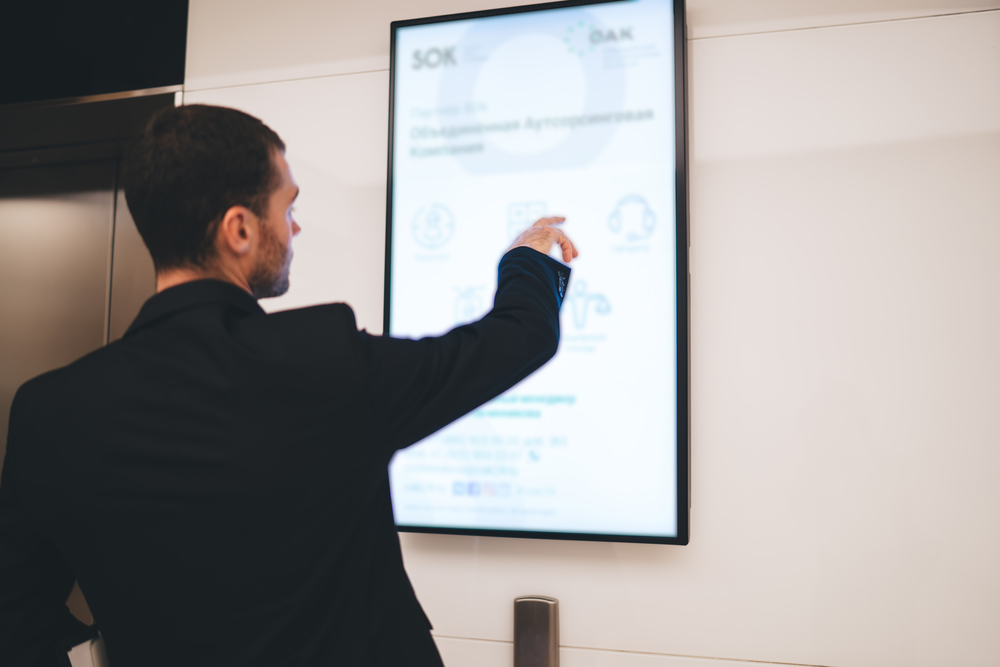Legal professionals use custom trial presentations for compelling arguments.
Legal professionals use custom trial presentations for compelling arguments.
Blog Article
Just How Test Presentations Enhance Your Disagreement and Convince Jurors
Test presentations offer as an essential mechanism for boosting legal debates and convincing jurors. The strategic usage of visuals not only clarifies intricate info but likewise captures jurors' focus more properly than words alone.

Value of Aesthetic Aids
Visual help play an essential duty in improving the efficiency of test discussions, as they can considerably increase target market interaction and retention of details. In the context of a test, where jurors are tasked with handling complicated information, aesthetic help serve to streamline and clarify key factors. Graphes, graphs, and images can convey information and concepts that might otherwise bewilder or puzzle jurors, enabling a much more straightforward understanding of the proof presented.
Additionally, visual aids assist in maintaining juror interest throughout the proceedings. By breaking the uniformity of verbal testament, these tools can punctuate critical disagreements, making them more remarkable. Effective visual help can also evoke emotional actions, which can be crucial in convincing jurors to line up with the speaker's narrative.

Crafting Compelling Stories
A compelling narrative is crucial in trial discussions, as it acts as the backbone of efficient persuasion. It permits attorneys to weave together realities, evidence, and emotional components into a meaningful tale that reverberates with jurors. This narrative structure allows jurors to understand the complexities of the situation while leading them through the attorney's debate.
To craft a compelling narrative, attorneys must focus on clarity and coherence. This includes developing a clear protagonist-- commonly the client-- and describing their trip via the events in concern. Providing the realities in a sensible sequence enhances comprehension and keeps engagement. Additionally, the use of vibrant summaries can produce psychological images that help jurors imagine the events, making the narrative much more unforgettable.
Moreover, integrating vital motifs throughout the discussion strengthens the core message and aids in retention - trial presentations. The story needs to not just communicate information yet additionally evoke a sense of justice, highlighting the risks entailed. Eventually, a well-constructed story cultivates a connection between the jurors and the instance, placing the attorney's debate as both reliable and compelling, therefore boosting the possibility of a beneficial judgment

Involving the Jury Psychologically
Efficient jury interaction depends upon the lawyer's ability to link with jurors on an emotional degree. This connection can dramatically affect jurors' assumptions and their utmost decision-making. Utilizing emotional allures enables lawyers to humanize the situation, changing abstract legal principles into relatable experiences. By providing real-life tales or reviews, attorneys can evoke empathy and empathy, fostering a much deeper understanding of the issues at risk.
Visual aids, such as photographs or video clips, can better improve psychological engagement, supplying jurors with dazzling representations of the case's human elements. Crafting a story that highlights the battles and triumphs of the individuals entailed makes sure that jurors see past the legal debates and recognize the human repercussions of their decisions.
A lawyer's passionate delivery can resonate with jurors, enhancing their psychological financial investment in the situation. It's vital to balance emotional allures with valid evidence, guaranteeing that jurors feel urged to act while continuing to be grounded in the truth.
Structuring Your Discussion

The body of the discussion must be realistically fractional right into bottom lines, each sustained by compelling evidence. It is valuable to utilize useful source narration methods to weave facts right into a narrative that jurors can quickly follow. Aesthetic aids, such as charts and video clips, can improve understanding and interaction, aiding to highlight important pieces of proof.
Real-World Case Research Studies
Checking out real-world case research studies supplies invaluable insights into the art of trial discussions and persuasion. The protection group effectively employed a technique that integrated top-level expert statements with multimedia discussions, which astounded jurors and inevitably affected their choice.
Another notable example is the "McDonald's Coffee Case," where the plaintiff's attorneys utilized graphic images of the injuries suffered by Stella Liebeck. trial presentations. This plain visual proof played a crucial role in conveying the seriousness of hop over to these guys her burns, resulting in a considerable jury award. Such cases show that impactful test discussions usually rest on the reliable combination of visuals and narration to evoke emotional responses from jurors
In addition, the "Casey Anthony Test" highlighted the value of narrative coherence and trustworthiness. The prosecution's failure to establish an engaging timeline reduced their convincing power, underscoring the necessity of a well-structured discussion. Examining these situations reveals that effective trial presentations call for calculated planning, psychological interaction, and the ability to reverberate pop over to these guys with jurors' values and beliefs.
Verdict
Trial presentations dramatically enhance debates and persuade jurors through the calculated use of visual aids, compelling stories, and emotional involvement. A well-structured presentation balances psychological charms with valid evidence, eventually resonating with jurors' values.
Report this page